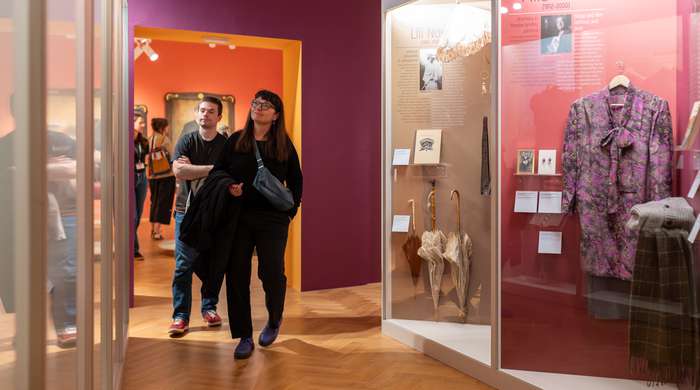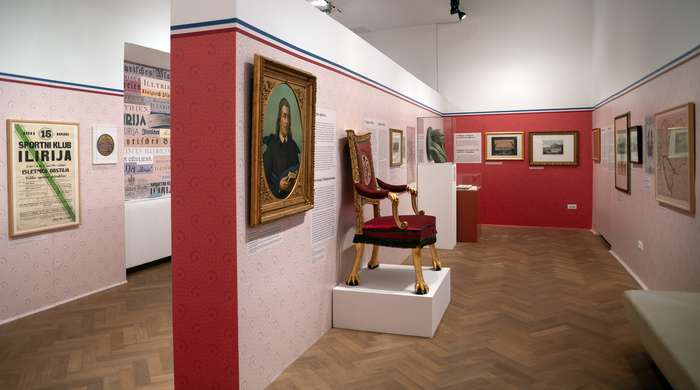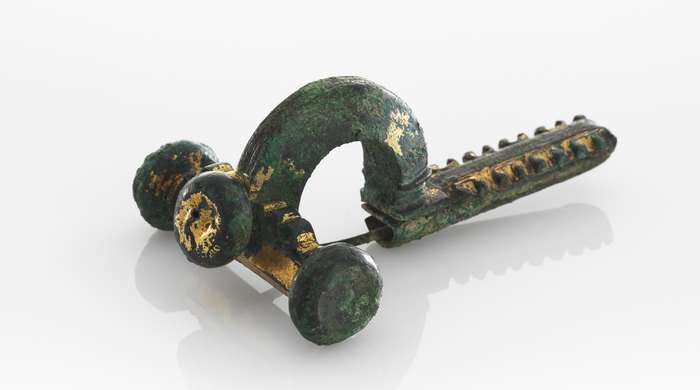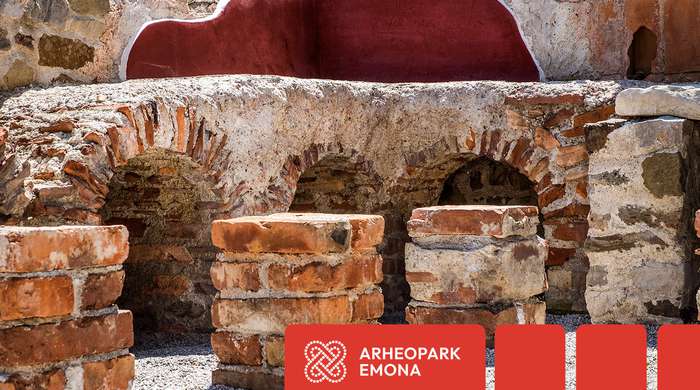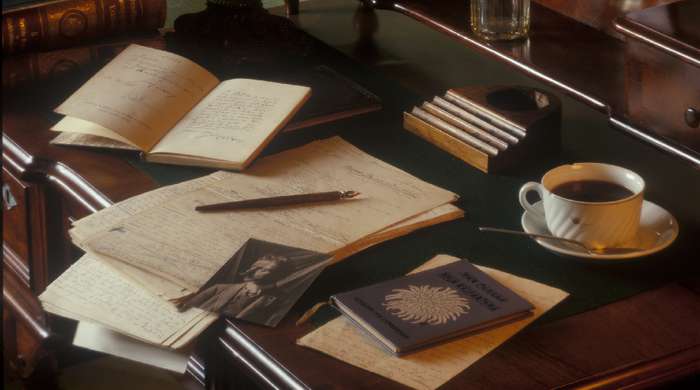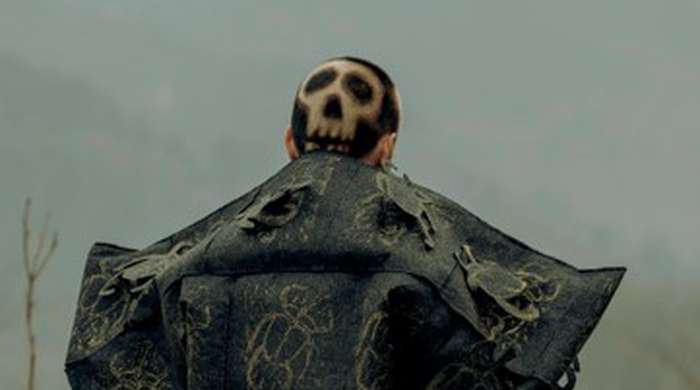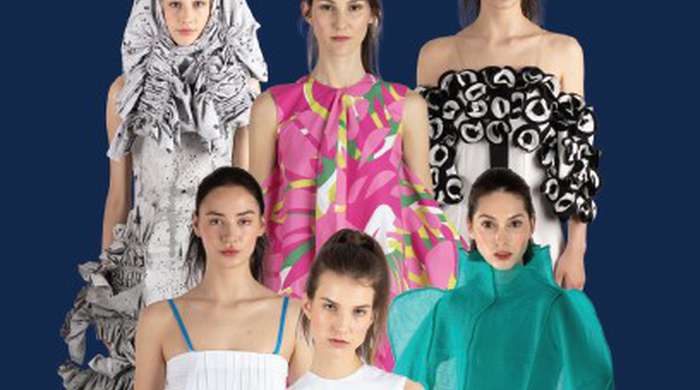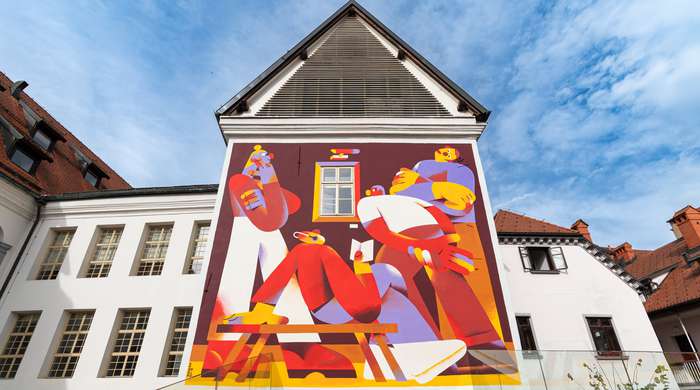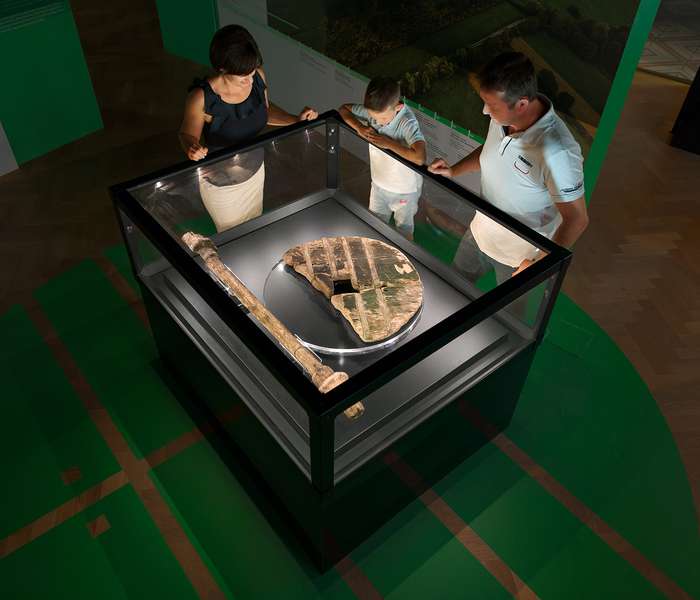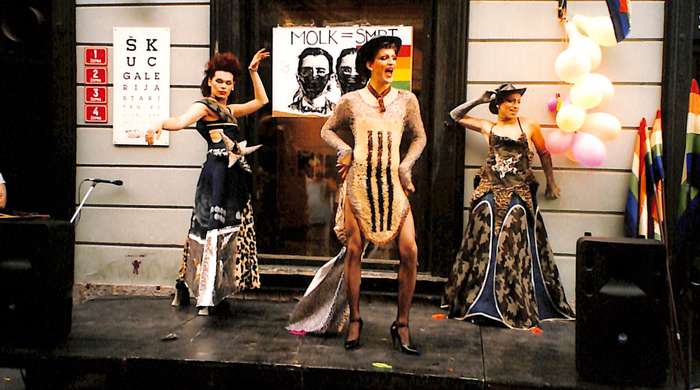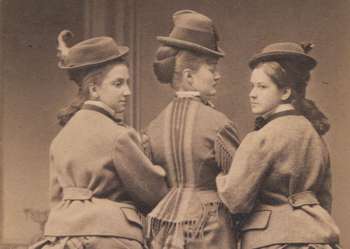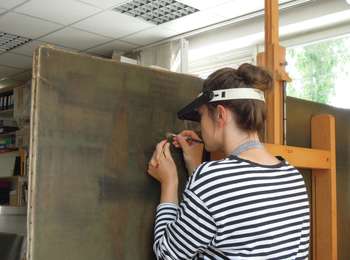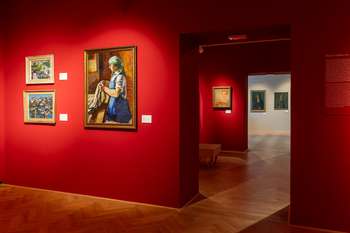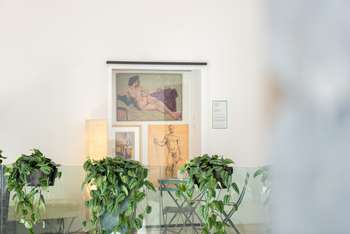Exhibitions
Join us on a journey through time with an exhibition on significant changes in the world of clothing. The exhibition will open the doors to the world of dressing as a distinct form of communication, revealing societal shifts and individual milestones that influenced the decisions of our ancestors on how to dress.
In 1897, a cycling club in Ljubljana was named after Ilirija (Illyria), in 1904 a street, in 1911 a football club, somewhere in the years before WWI, a chemical products factory, and finally in 1929, Ilirija got its own monument.
Kako so si Emončani zapenjali obleke, ko še niso poznali gumbov?
A special place in Ljubljana's history is reserved for Roman Emona, the traces of which have been preserved in the very centre of the city.
Welcome to a trail tracing the 2000-year-old heritage of Emona. A walk through modern Ljubljana can take you further than you think! It takes you to the time of Emona, a city brimming with life between the first century and early sixth century.
Ivan Cankar, a Slovenian author, playwright and essayist born in 1876 in Vrhnika, spent a few years of his life in Ljubljana. Having returned from Vienna to Ljubljana, he established himself on Rožnik Hill which today forms part of the Tivoli, Rožnik and Šišenski hrib landscape park.
In developing their design concept, 1st and 2nd year students in the Faculty of Design’s Fashion and Textiles track drew on the City Museum of Ljubljana’s permanent collection.
The central theme of the final assignment was Challenge: Tomorrow’s Yesterday, developed in collaboration with the City Museum of Ljubljana. Each student set off on a journey exploring paintings, portraits and objects exhibited in the museum. Next, they immersed into the theme and searched for inspiration, which culminated in the prodigious diversity of collections thus developed.
A tribute to the museum as a place of encounter and dialogue.
How well do you know the rich history of Slovenian capital? Pile-dwellers, Emona, Middle and New Ages, the 20th and 21st centuries… what is the history of Ljubljana? Get to know Ljubljana's past - see the chronological presentation of Ljubljana’s millennia of heritage with precious authentic artefacts, like the world's oldest wooden wheel with an axle!
O prostorih za združevanje, podporo in organizirano zagovorništvo gibanja LGBT, ki že 40 let sooblikujejo urbano kulturo in družabno življenje prestolnice.
